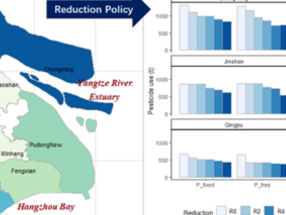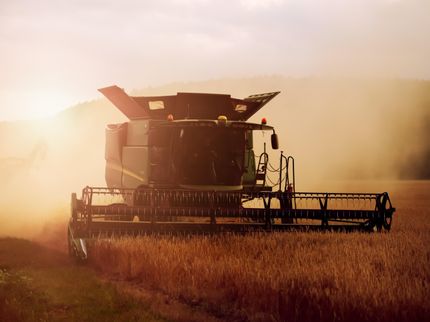Berlin could produce more than 80% of its fresh vegetables locally
A comprehensive study of the city's potential to supply fresh vegetables is conducted for the first time
Advertisement
Berlin has enough space for urban gardening, and up to 82 percent of Berlin's vegetable consumption could be produced locally, a new study finds. “The amount of vegetables represents a significant share of the annual consumption,” highlights Diego Rybski, an external faculty member from the Complexity Science Hub and a co-author of the paper that will appear in the April issue of Sustainable Cities and Society journal.
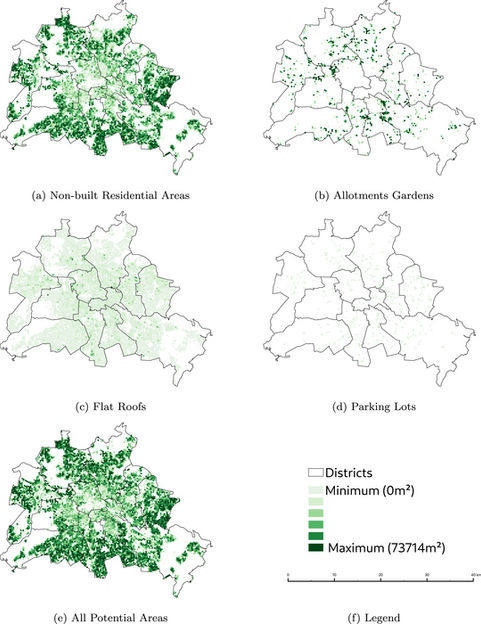

symbolic picture
Computer generated picture
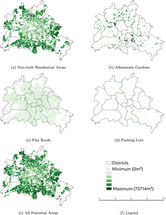
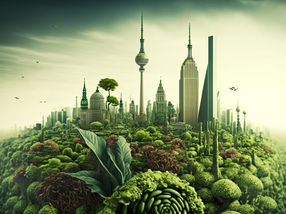
Rybski and his team were interested in finding out how much vegetables could be produced in Berlin. A total of five urban spaces were evaluated for agriculture — non-built residential areas, allotment gardens, rooftops, supermarket parking lots, and closed cemeteries.
A local culture
Urban gardening has been a tradition in Berlin for many years, and there are more than 200 community gardens and more than 73,000 allotment gardens in the city. But rooftops and non-built residential areas — green spaces between large housing complexes — provide a great opportunity for urban gardening because they are underutilized, according to Rybski.
“With Berlin’s plans to shift to fewer cars, parking lots are also good candidates for growing vegetables,” adds Rybski, who is also a researcher at the Potsdam Institute for Climate Impact Research and the Wuppertal Institute.
The study found that a total of 4,154 hectares of Berlin could be used to grow vegetables. It accounts for almost 5 percent of the city's total area. And 82 percent of Berlin’s vegetable demand could be met locally if all this land was used for urban gardening, according to the paper. Investing in water, human resources, and investment would be crucial for this production to be possible. For instance, a total investment cost of 753 million euros would be required. It is equivalent to slightly less than 0.5 percent of Berlin’s 2020 Gross Domestic Product (GDP).
Great challenges
As Rybski emphasizes, promoting urban gardening would pose great challenges due to the high resource usage. “There is space, but we need to consider a number of factors. For instance, who is going to do the gardening? Can it be private gardeners or do we need a business model? What’s necessary to increase the production in allotment gardens? How do we create the conditions to promote urban agriculture within the city?,” points out the researcher.
“In principle, however, I believe this would be a positive development. The locally grown vegetable would probably be more expensive, but we could create a kind of label for it — like we have for organic,” says Marion De Simone, the lead author of the study from Potsdam Institute.
The benefits of local gardening are numerous as well. “Just to name a few: community gardens bring people together. Green spaces are beneficial to people's health, as well as the environment and biodiversity. And local food production also reduces carbon emissions from transportation," adds Prajal Pradhan, another Potsdam Institute co-author.



